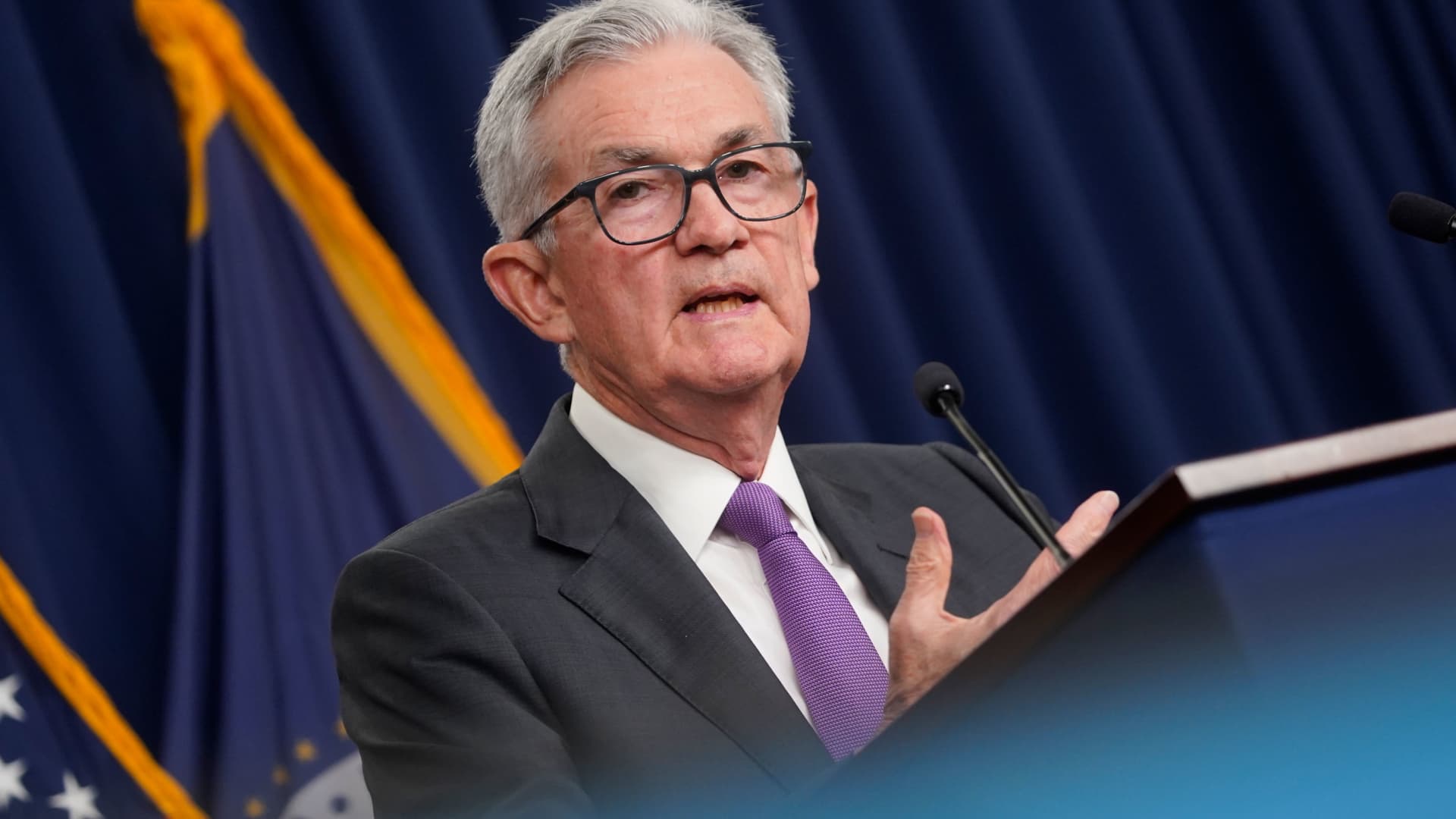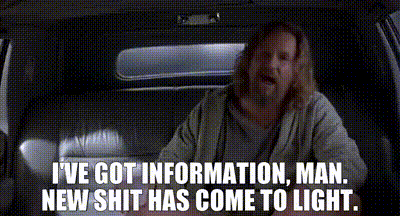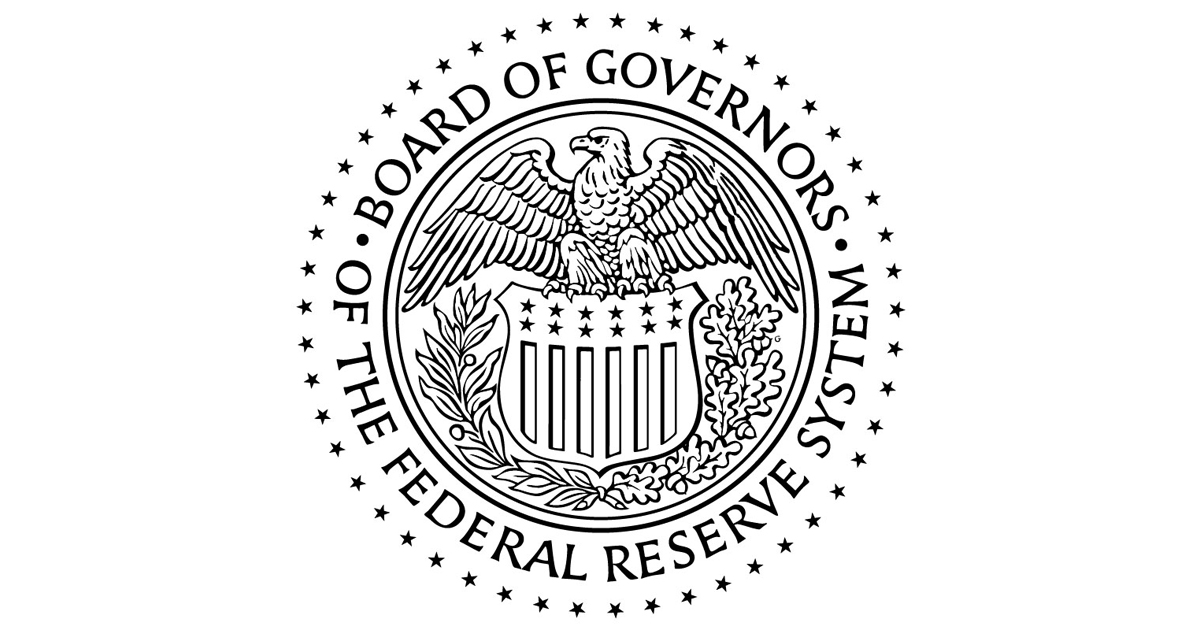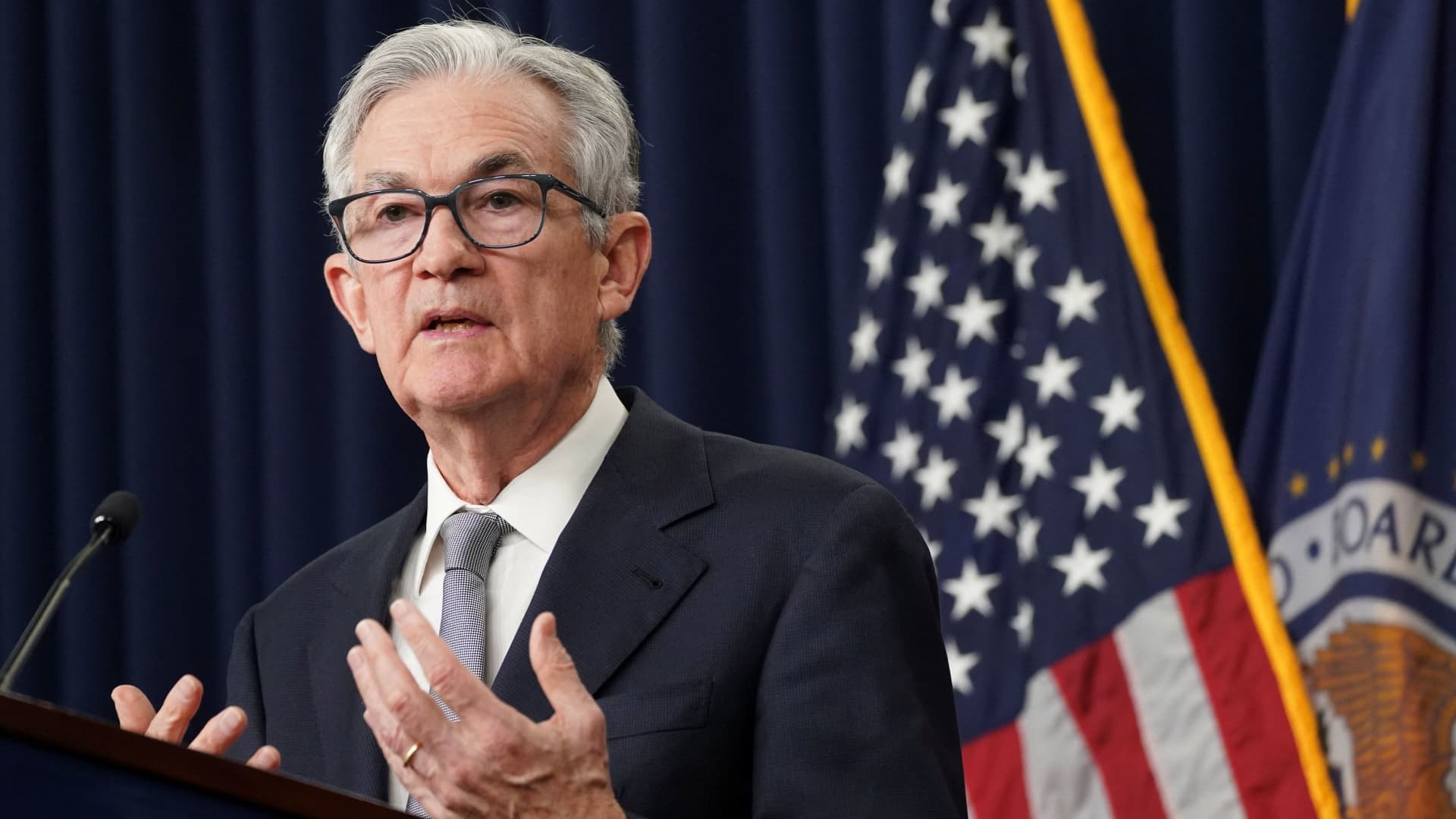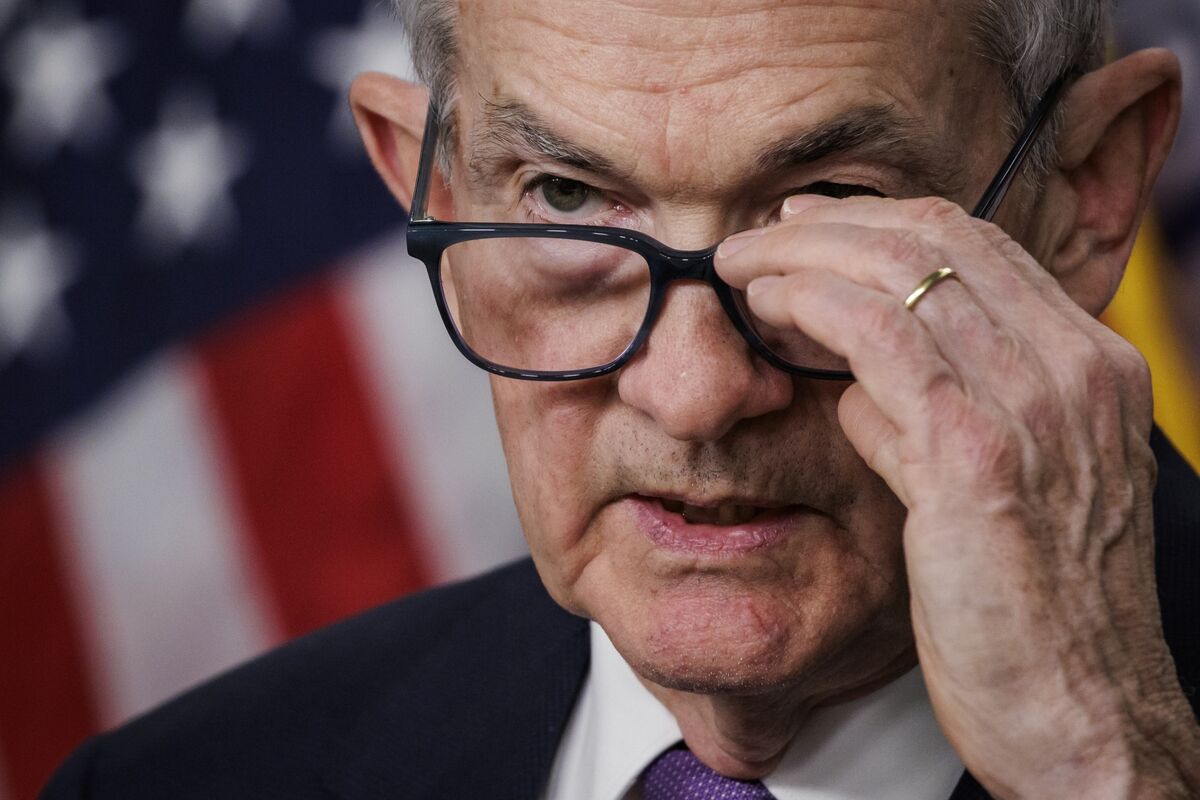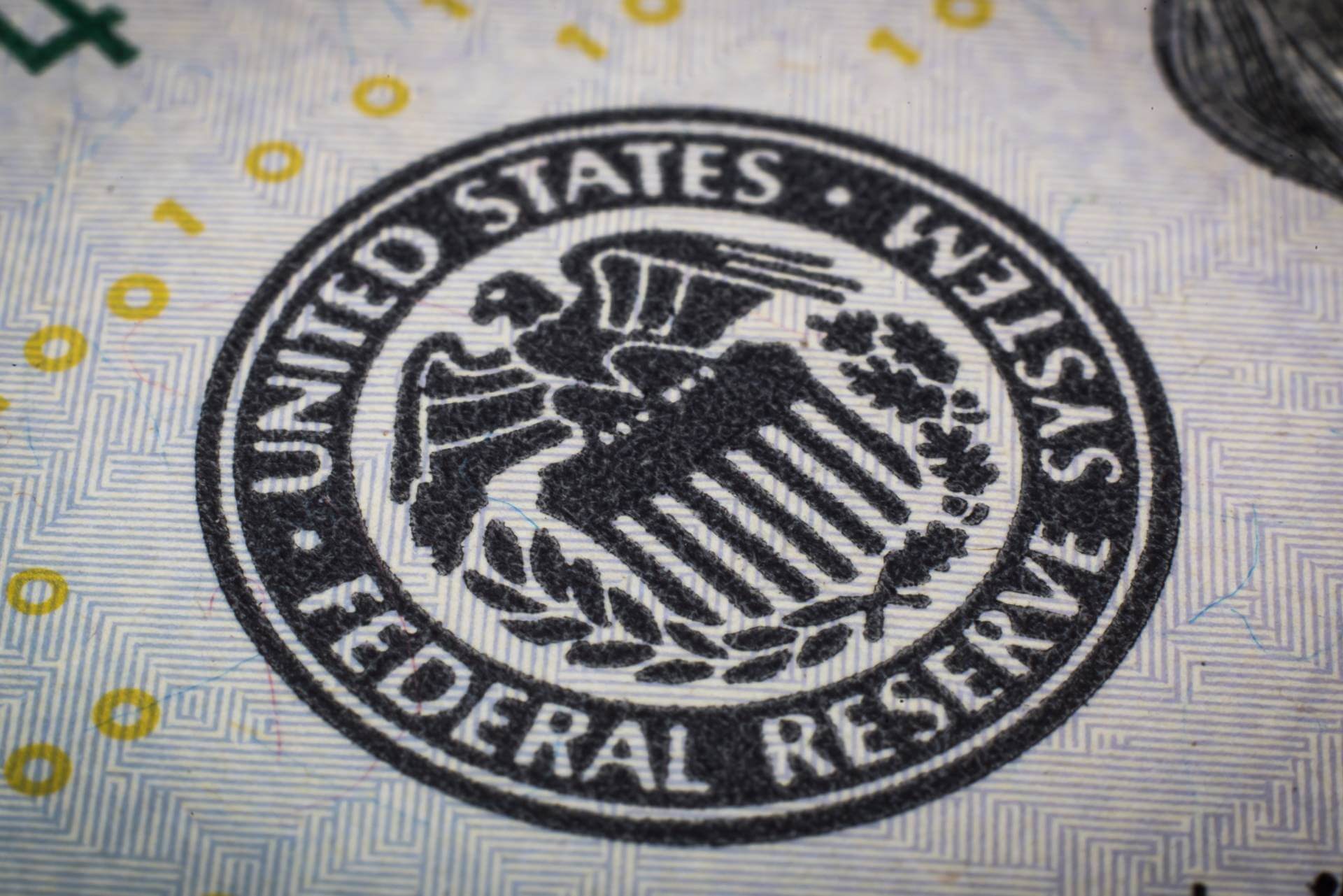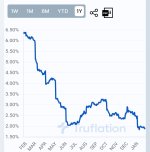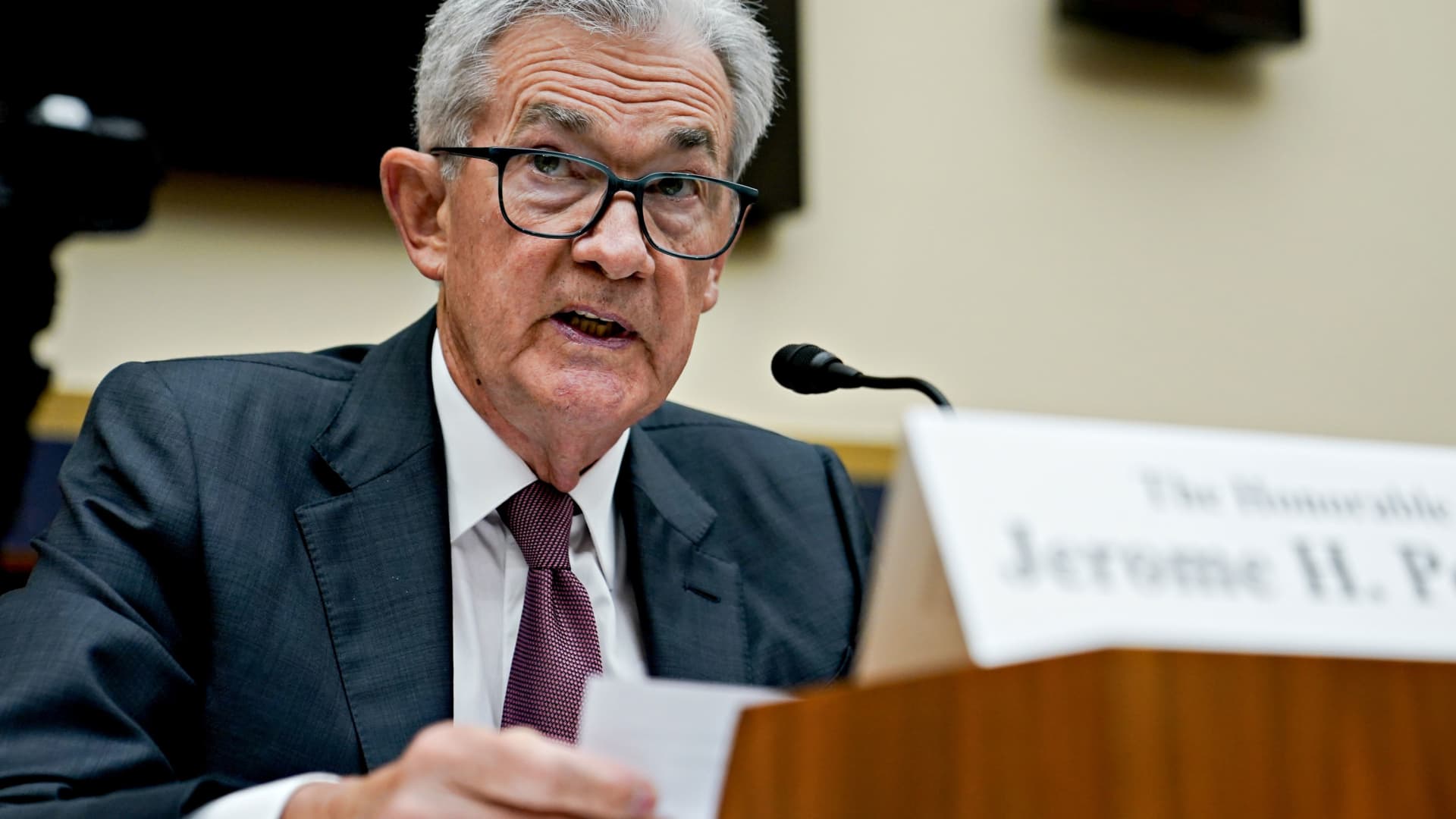Fed Chair Jerome Powell: The 2024 60 Minutes Interview
Feb 4, 2024
Federal Reserve Chair Jerome Powell gives his thoughts on inflation risks, the economy, the timeline for cutting rates, the health of the country’s banks and more. Scott Pelley reports. 13 minutes 20 secs long.
Here is a comment of that interview
Could This Black Swan Trigger a Gold & Silver Rally?
Posted 15th February 2024
Dave Kranzler
The Federal Reserve has removed the sentence “The U.S. banking system is sound and resilient” from the FOMC Policy Statement released on January 31st.
If the Fed was unwilling to make that assertion, the bank crisis from early 2023 is likely rearing its ugly head again. Note that the Fed “stabilized” the banking system back then by printing money, and injecting $400 billion in reserves into the banking system.
It also set up the Bank Term Funding Program without a ceiling, with $167.7 billion drawn from it as of January 25th.
US Banking Activity
The removal of that sentence from the policy statement could not be a coincidence. The day before the statement was released, the New York Community Bank (NYCB) announced a massive loan loss reserve provision and slashed its dividend. The stock plunged 37.6% the day the policy statement was released.
Fed Chairman Jerome Powell was featured on “60 Minutes” four days after the FOMC meeting and after NYCB blew up. When asked about the possibility of a real estate-driven bank crisis like the one in 2008, Powell asserted (with a straight face) that this was unlikely and assured the audience that the big banks were in good shape. It was strikingly reminiscent of when then-Fed Head, Ben Bernanke, in 2007 assured the country that the raging subprime debt problem was “contained.”
The relevance of Powell’s appearance on such a prime-time, nationally-televised show making that assertion cannot be overlooked. The next day, one of the larger Japanese banks with heavy exposure to U.S. office building loans, Aozora Bank, announced that it was slashing the book value of its U.S. CRE loan portfolio and it hiked its loan-loss reserve ratio to 18.8% from 9.1%.
Commercial Real Estate Crisis
While everyone was discussing the potential for a commercial real estate debt crisis this year, the NYCB and Aozora earnings reports confirm that it has already begun. $117 billion in CRE office debt needs to be refinanced this year and $1.5 trillion matures or needs to be refinanced before the end of 2025.
The problem with refinancing this debt is that, based on recent market transactions, many buildings are worth 50% or less of their book values, which means the outstanding loans are worth far less than the original amount of the loan.
The loan-to-value for many buildings is 100% to 200%, which means some of the loans are close to worthless. Losses of this magnitude will not be confined to just the regional banks – this will blow holes in big bank balance sheets. In addition to this, large public pension funds have heavy exposure to CRE loans.
While the Fed assures audiences that the banking system is in good shape, Kranzler uncovers central bank actions that suggest a crisis fomenting beneath the surface.

kinesis.money
